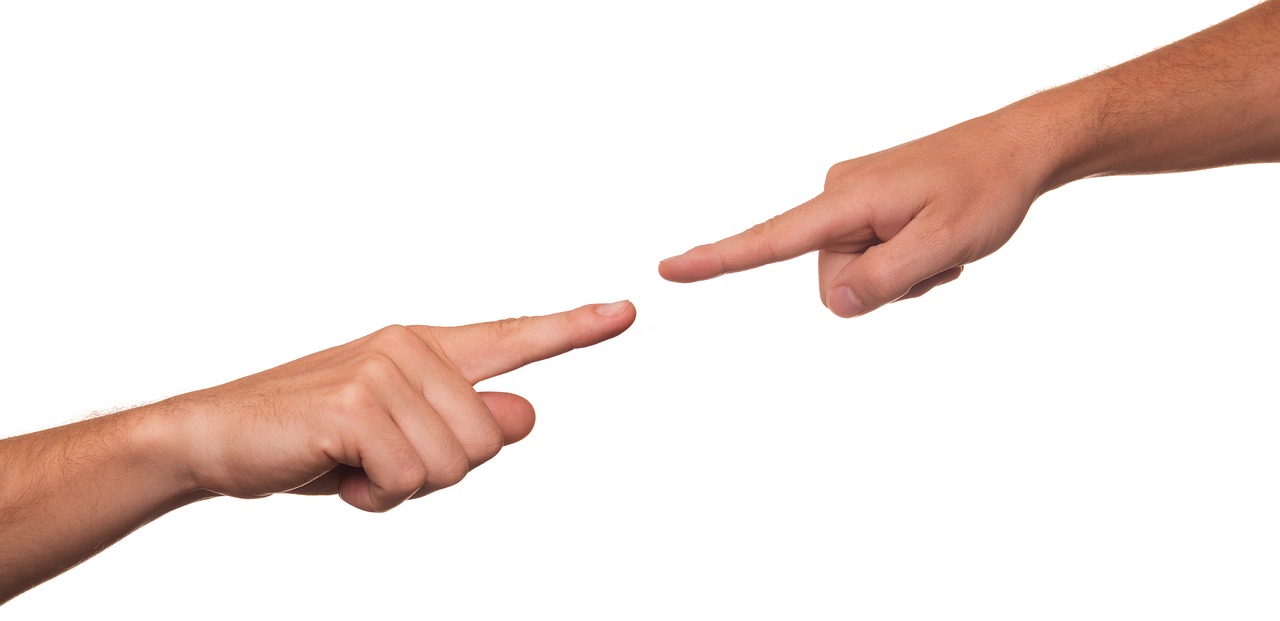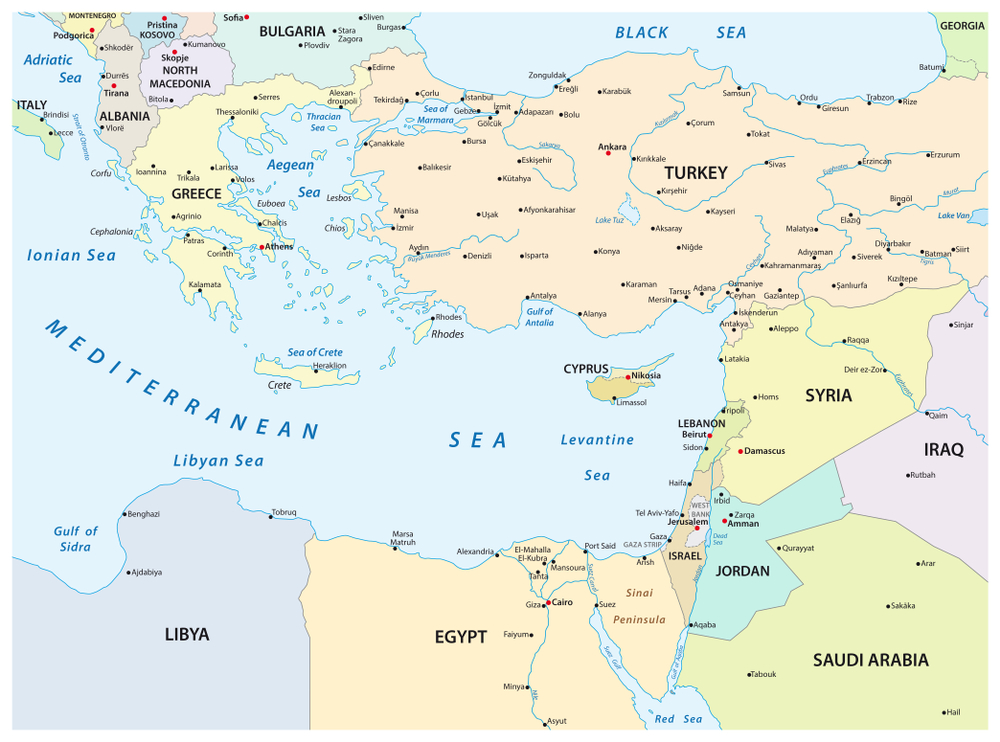Reading Time: < 1 minutes
- Parliament of India is the supreme legislative body (gathering of members) who have the authority to make laws for the country.
- This legislative body is composed of President of India and the two houses: Rajya Sabha (Upper House) and Lok Sabha (Lower House).
- The lower house (also known as House of People) is formed by members chosen by the people through ballot and has a strength of 545 members, including 2 nominees from Anglo-Indian community that are nominated by the President.
- This means out of 543 remaining seats, whichever party gains 272 (50%+1) seats, forms the government.
- The upper house (also known as Council of States) was created by framers of Indian constitution as a check on the powers of the lower house.
- The upper house can have a maximum of 250 members, 12 of whom are luminaries from various fields and are nominated by the President.
- The remaining 238 members are elected by the members of state legislative bodies (Members of Legislative Assembly (MLAs) – they are elected by people at state level through ballot).
- When the constitution was adopted in 1949, Rajya Sabha was to consist 217 members, 205 out of which were to be filled through elections and 12 through nomination by the President.
- These 205 were divided among states based on the-then state-population figures as per the census, using the formula: “One seat per million for the first five millions and one seat for every additional two millions or part thereof exceeding one million.”
- This number of 205 has now moved to 238 but the change has been on account of reorganisation of states and creation of new states and not on the formula as defined above.
Image courtesy of Pixabay
Reference shelf :






















